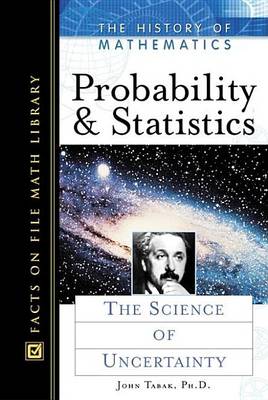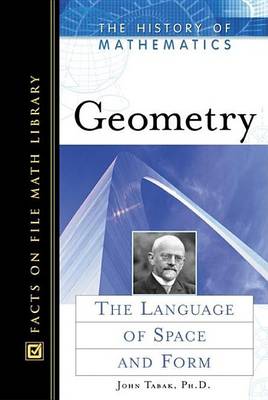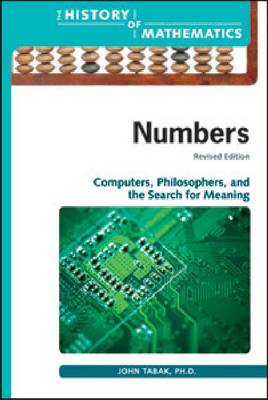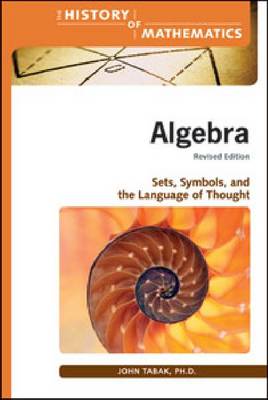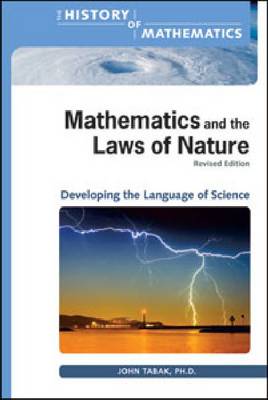History of Mathematics
7 total works
Geometry; The Language of Space and Form. Facts on File Math Library: The History of Mathematics.
by John Tabak
Progress has often been slow when it comes to understanding numbers. Numbers provide a rich source of exotic ideas, philosophical and mathematical, but because many of us are so invested in the familiar, we have often resisted ideas about numbers that are new and unfamiliar.
Numbers, Revised Edition deals with numbers from the point of view of computation, beginning with the earliest number concepts from ancient Mesopotamian, Chinese, and Mayan mathematicians. It describes the origin and diffusion of Arabic numerals, and it concludes with a discussion of the way that the number system is represented within computers. A new section describes some of the IEEE standards for floating point arithmetic, and a more detailed discussion of the work of Goedel and Turing has been added to this edition. Irrational numbers and the idea of infinity are also examined in this in-depth guide.
Probability and Statistics, Revised Edition deals with the history of probability, describing the modern concept of randomness and examining ""pre-probabilistic"" ideas of what most people today would characterize as randomness. This revised book documents some historically important early uses of probability to illustrate some very important probabilistic questions. It goes on to explore statistics and the generations of mathematicians and non-mathematicians who began to address problems in statistical analysis, including the statistical structure of data sets as well as the theory of sampling and the characterization of the nature of variation. The final chapter describes the role of statistics in the development, testing, licensure, and subsequent study of vaccines. A new chapter has been added that gives special attention to vaccines for measles, polio, pertussis, and rubella.\p>
Algebra, Revised Edition describes the history of both strands of algebraic thought. This updated resource describes some of the earliest progress in algebra as well as some of the mathematicians in Mesopotamia, Egypt, China, and Greece who contributed to this early period. It goes on to explore the many breakthroughs in algebraic techniques as well as how letters were used to represent numbers. New material has been added to the chapter on ""modern"" algebra, a type of mathematical research that continues to occupy the attention of many mathematicians today.\p>
Mathematics and the Laws of Nature, Revised Edition describes the evolution of the idea that nature can be described in the language of mathematics. Colorful chapters explore the earliest attempts to apply deductive methods to the study of the natural world. This revised resource goes on to examine the development of classical conservation laws, including the conservation of momentum, the conservation of mass, and the conservation of energy. Chapters have been updated and revised to reflect recent information, including the mathematical pioneers who introduced new ideas about what it meant to solve an equation and the influential efforts of the mathematicians of the former Soviet Union.\p>
Biographical information on key figures, a look at different applications of geometry over time, and the groundbreaking discoveries related to geometry are comprehensively covered.
